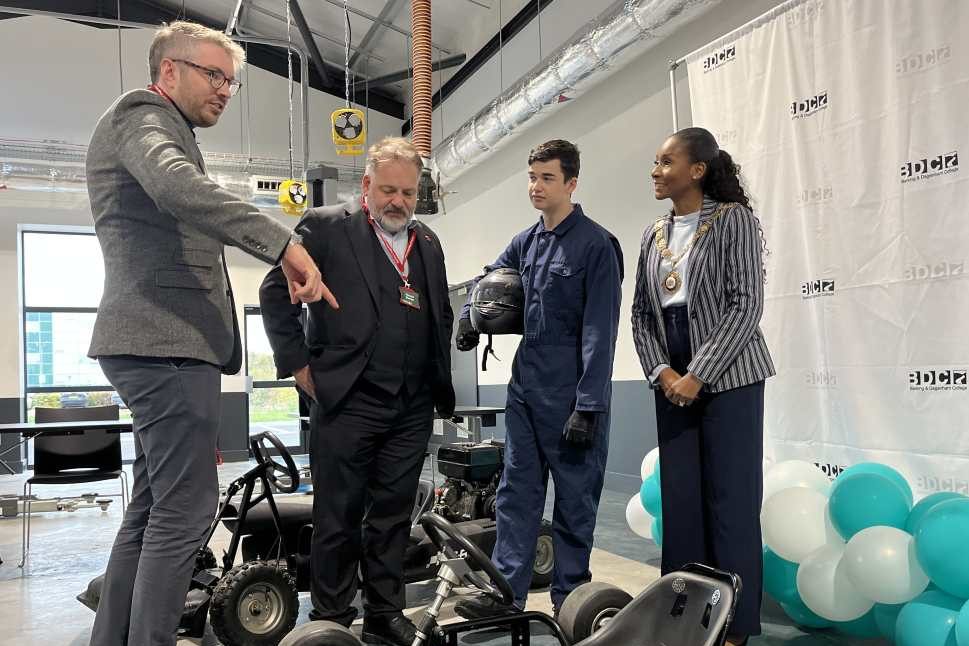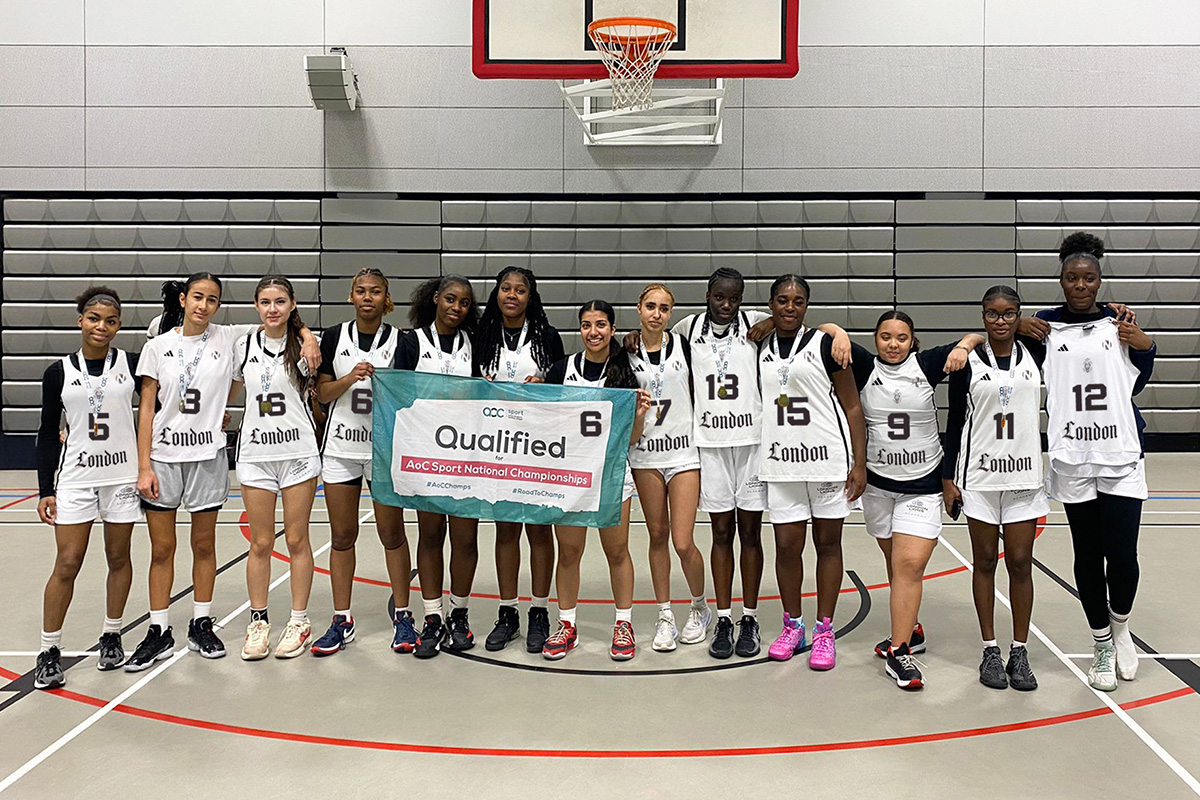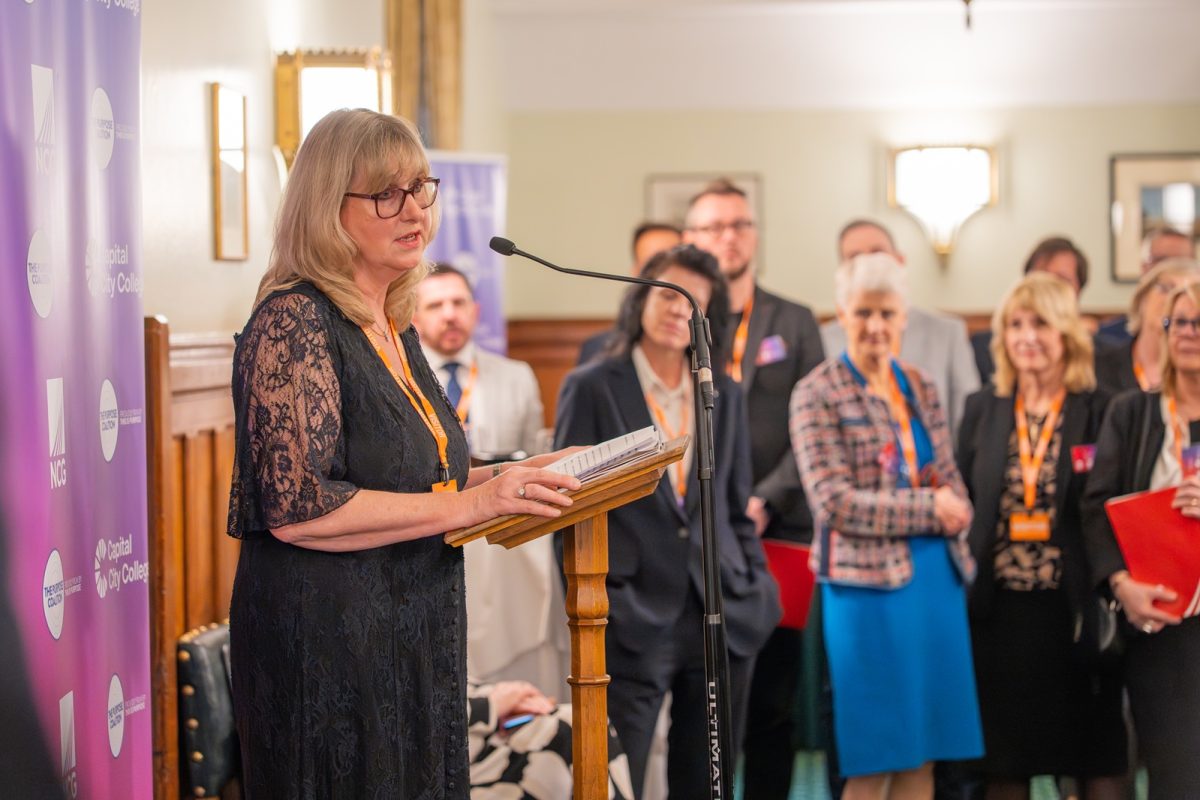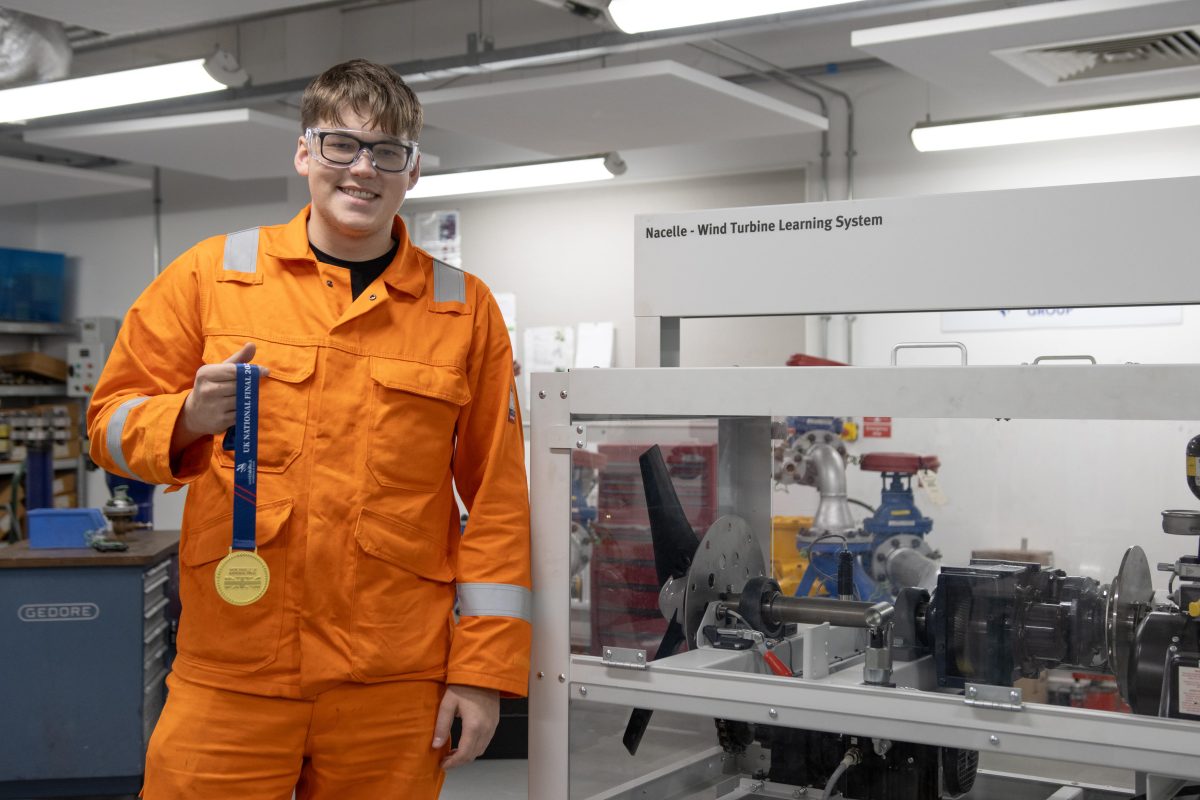Libraries can learn from the way museums have responded to the digital imperative

How museums have been transformed by the digital revolution.
John Stack, digital director of the Science Museum Group, considers the evolution of museum collections over the past 25 years and what libraries can learn from the way museums have responded to the digital imperative:
Museums are slow to change. Their mission statements concern caring for cultural heritage collections over generations and connecting those collections to audiences. These mission statements and the values that underlie them have remained largely unchanged for decades.
However, the technological context in which these missions exist is undergoing change at an increasing pace. Digital technologies are impacting rapidly on the nature of collections, on audience behaviour and expectations, and on the ways in which museums can fulfil their missions.
From atoms to bits and bytes
Collections that were once exclusively made of the stuff of atoms (and the associated challenges and opportunities of these materials) are now increasingly made of the stuff of bits and bytes.
Museums, libraries and archives must now contend with collecting, preserving and making accessible all manner of digital heritage: documents, emails, images, rich media, 3D scans, datasets, software, hybrid software, hardware artefacts and more. These new forms of collection require new activities across all aspects of collecting: new policies, new infrastructure and new approaches to how and where to make content accessible.
Most museums display only a fraction of their collections. Whereas previously museums addressed only those audiences who could visit their buildings to explore their displays, reading rooms and collection stores, in the digital age access to collections occurs on an unprecedented scale and it’s common for museums’ online visits to be significantly greater than their physical visits.
A museum is no longer only physical; it is a digital location.
Global reach and partnerships
The museum’s reach and brand are global and there is therefore an imperative to reposition itself as such. The new museum entrances are search engine results pages. The new displays are rich web interfaces for discovery and exploration. The new interpretation labels are multimedia narratives and interactive exhibits that resonate with audiences. The new long-term loans are partnerships with places where digital audiences congregate such as ArtUK and Wikipedia.
Audiences have grown to expect high-quality digital services. Immediate access to comprehensive and discoverable information and resources is a given. Digitisation of collections is an ongoing task which forms the basis for this universal access. High-resolution imagery, 3D scanning, text recognition, linked data, machine analysis and other advanced forms of digitisation mean that collections can be accessible in new ways.
However, digitisation represents only a portion of the task at hand. The associated catalogue data provides the foundation for discovery, use and access. Cataloguing is harder to scale than digitisation and the catalogue is arguably always a work in progress.
Museums’ current culture sees “publication” as final, polished and complete rather than just the latest version constrained by various factors. Tensions remain, therefore, between the museum’s mindset and that of the digital era.
From consumers to creators
Digital platforms have driven a shift from audiences as passive consumers to active creators and participants. Audiences are seeking to use collections rather than just access them and there have been numerous initiatives responding to this. Although tensions remain between open licensing and commercial opportunities, the movement is clearly in the direction of opening up reuse and the benefits that brings to audiences.
Successful projects have also demonstrated the opportunity for audiences to contribute back to the collecting institution through crowdsourcing, enabled by digital collaboration platforms.
Transcribing, adding keywords, categorisation and more provide both a deep level of engagement with the collection but also valuable contributions to enhance access to and understanding of the collection. However, the museum must be prepared to engage with the community which such projects bring and incorporate the new contributions back into the institution.
Joining up the dots
Realising that relevance in the 21st century is reliant on fulfilling a range of user needs for researchers, teachers, students, enthusiasts and more, the museum sector is undertaking a huge range of initiatives to connect with audiences.
Social media, blogging, rich media, digital learning resources, podcasts, interactive websites and new discovery interfaces are among approaches being explored that provide editorial context to collections online and move beyond the collection database search which is the norm in the library sector.
All of these areas will continue to evolve rapidly, and the challenges and opportunities ahead call for an ever more joined-up approach across the cultural heritage sector to share expertise, convene debate on best practice and lessons learned along the way, share audience insight, and collaborate on the large, complex infrastructure challenges. Perhaps it is here that the greatest value and opportunities for Jisc exist.
How is the Science Museum Group digitising?
In early 2017 the Science Museum Group relaunched its online collection of digitised objects under a Creative Commons licence and via a public API.
More than 282,000 objects and archival records were published and more than 27,000 of these were illustrated with at least one image.
This represents around 6% of 3D objects in the Science Museum Group collection (there are approximately 425,000 3D objects in total) and only a tiny fraction of the photographs and archive materials in the collection (containing 7 million+ items in total).
Since 2018, the Science Museum Group has undertaken a large-scale project to digitise approximately 250,000 objects and publish them online.











Responses